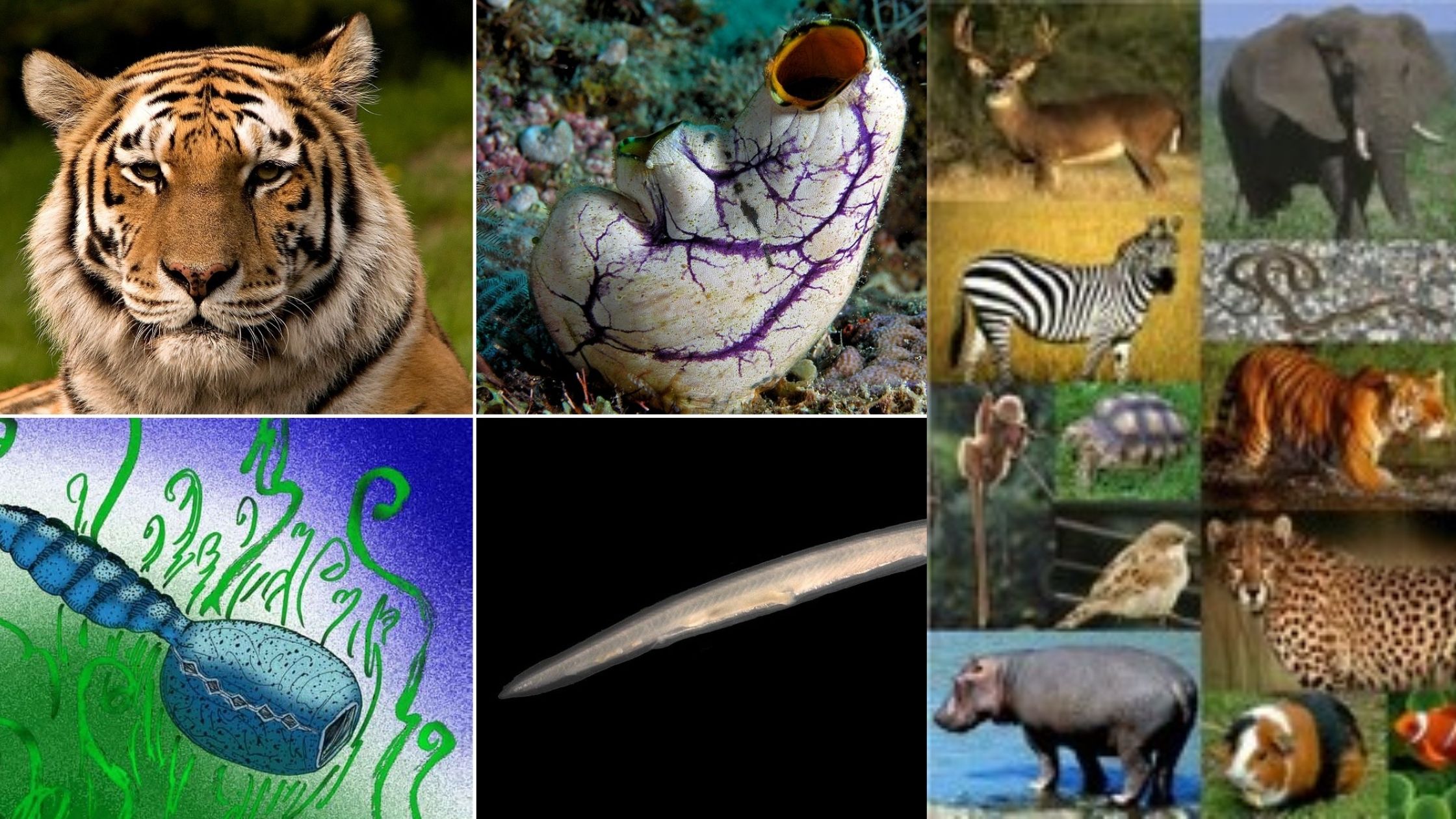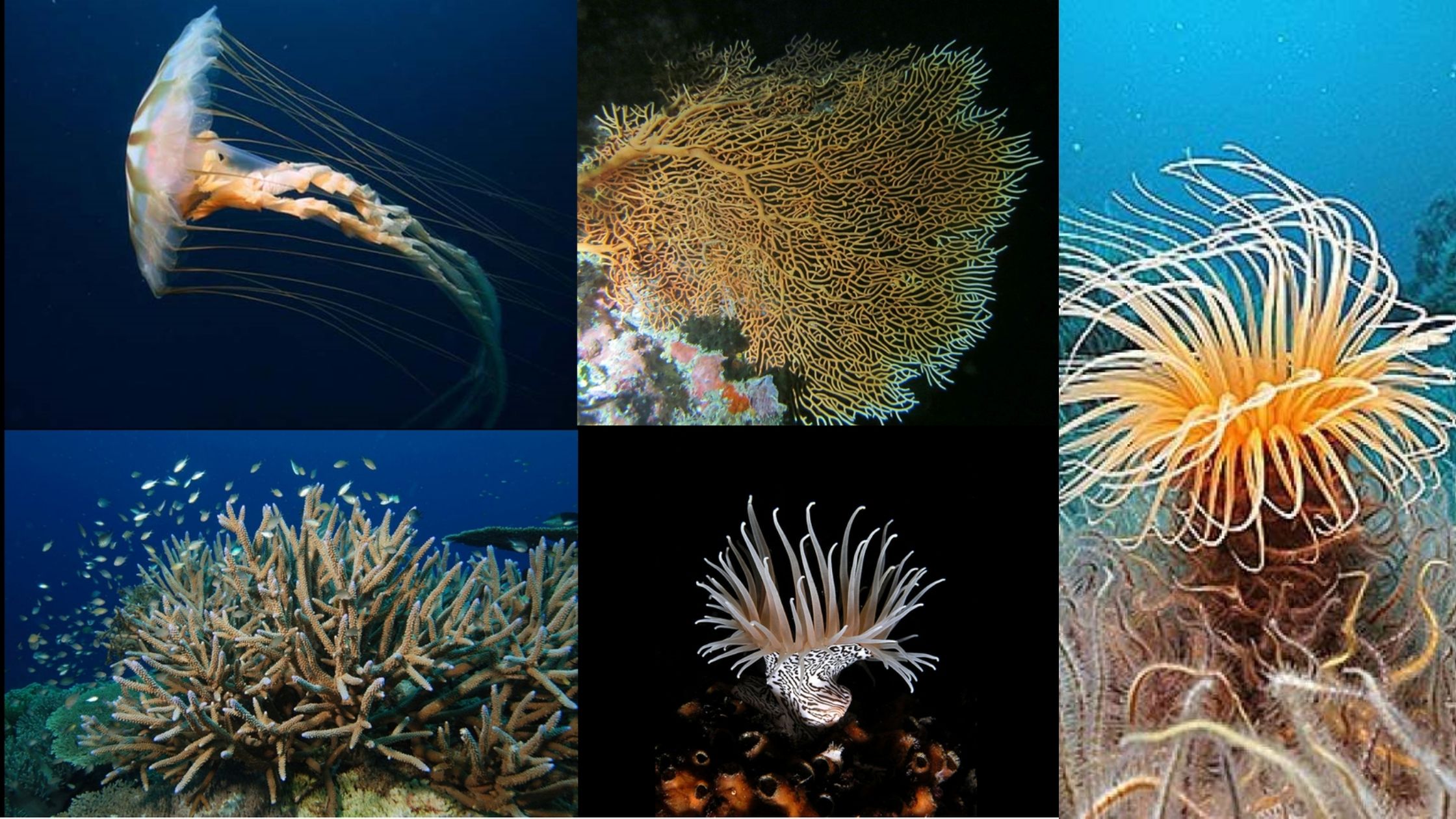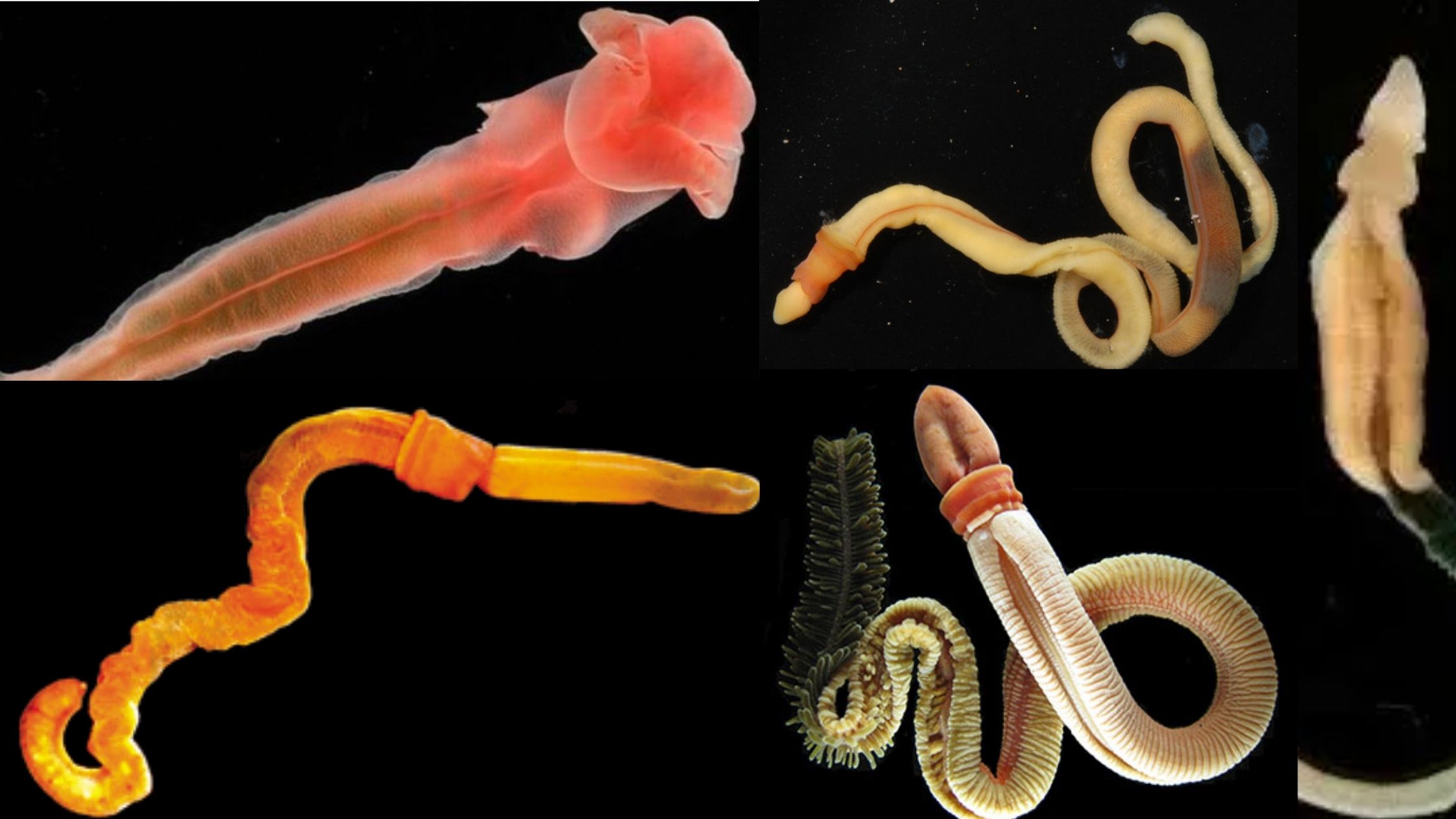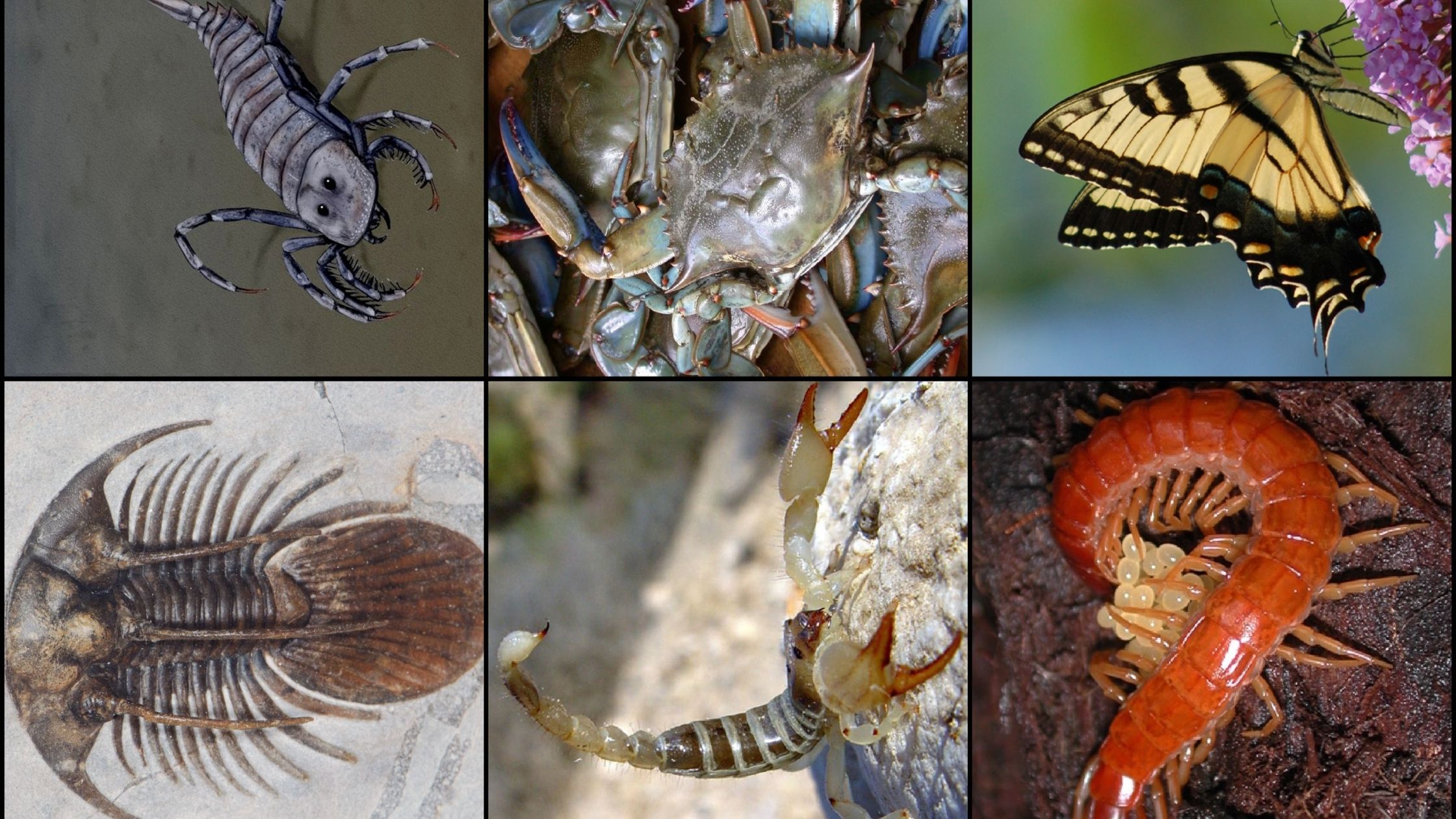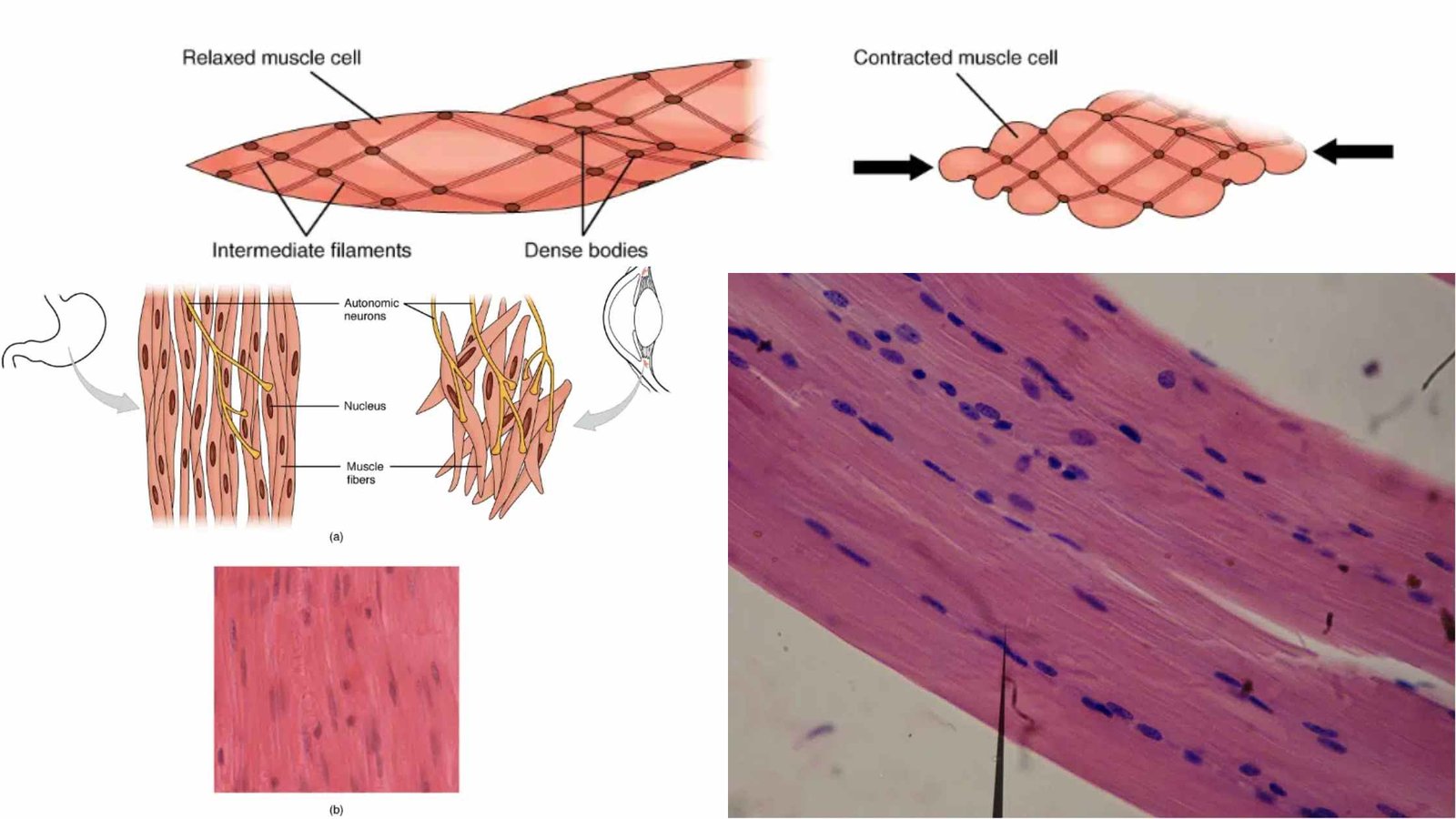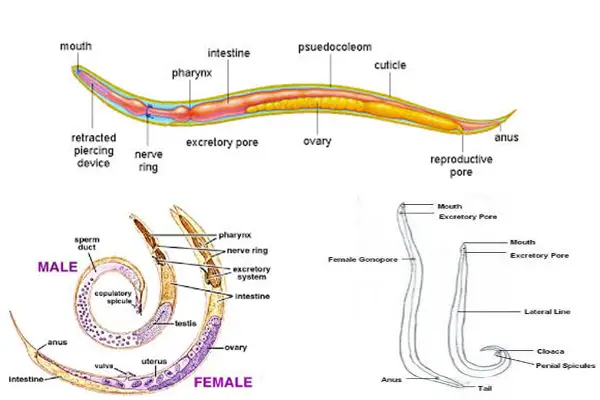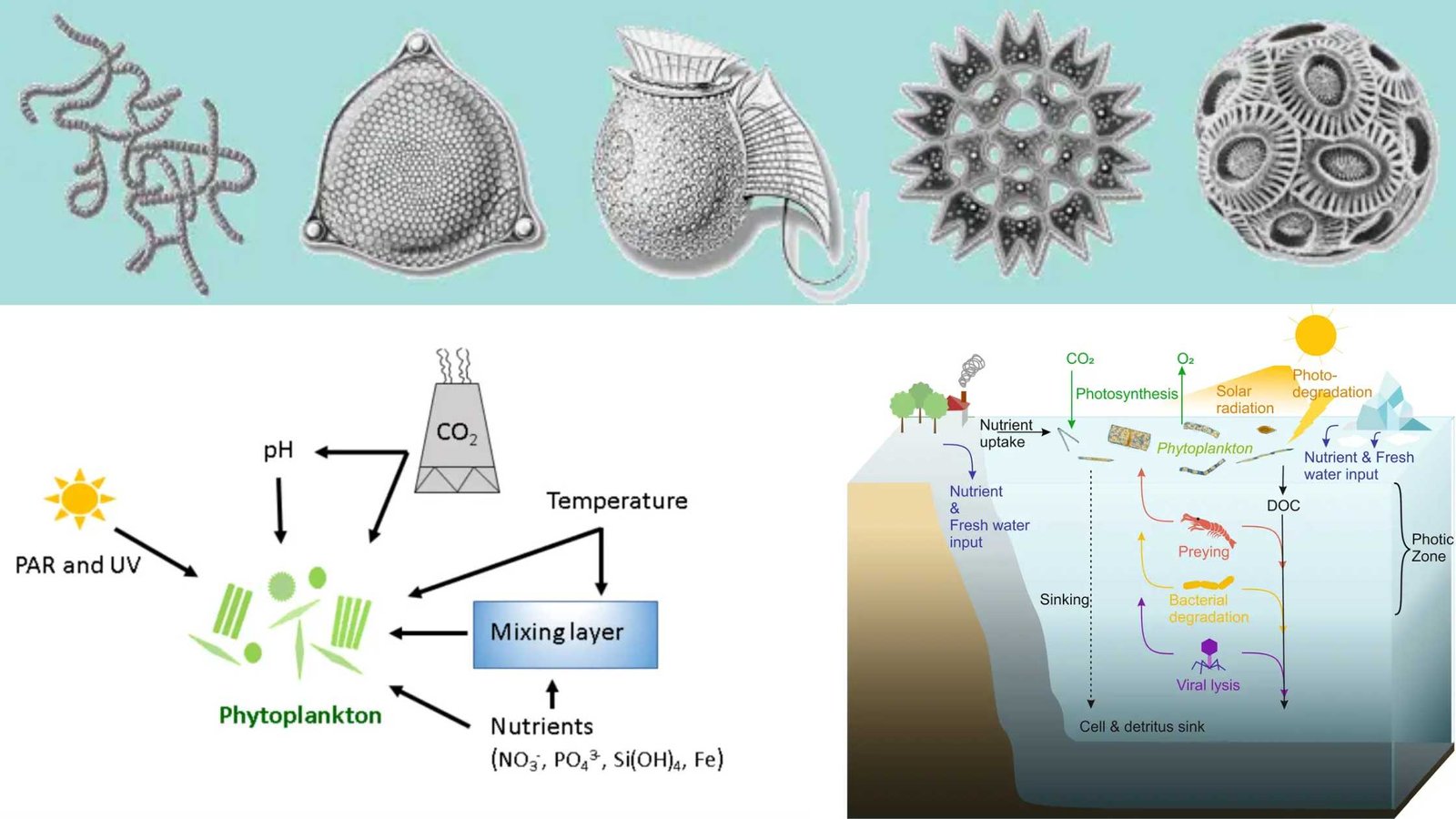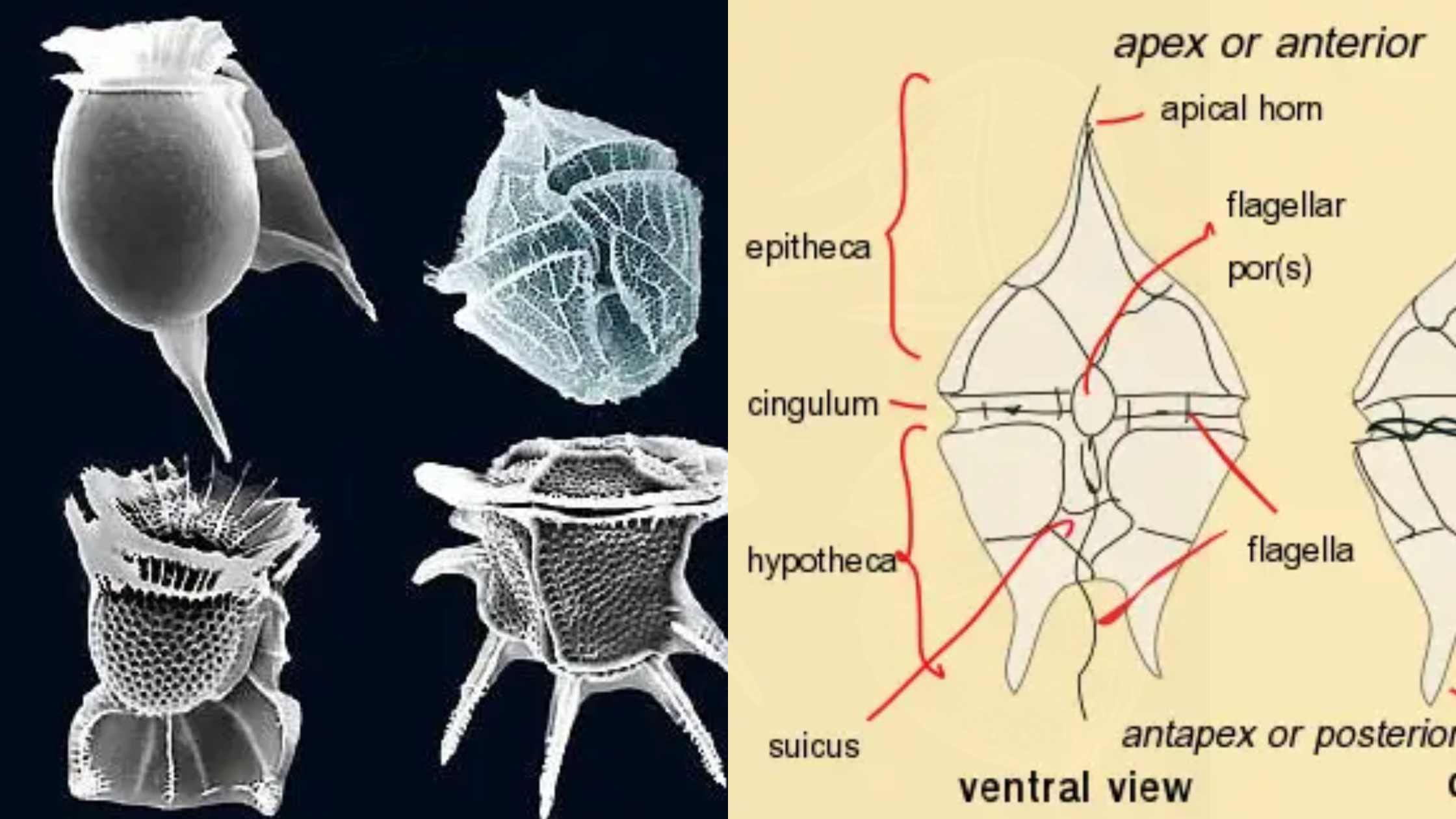Phylum Chordata – Definition, Characteristics, Classes
Phylum Chordata Definition “The chordates are a class of animals that have four anatomical characteristics, which are (1) nochord (2) dorsal cord of nerves, (3) post-anal tail and (4) Pharyngeal slits, at the very least, during a portion of their growth into maturity.” Or A phylum within the animal kingdom, which includes all animals that … Read more
